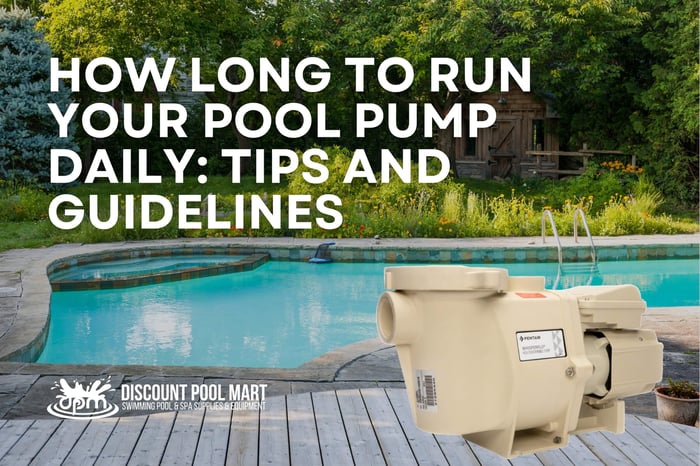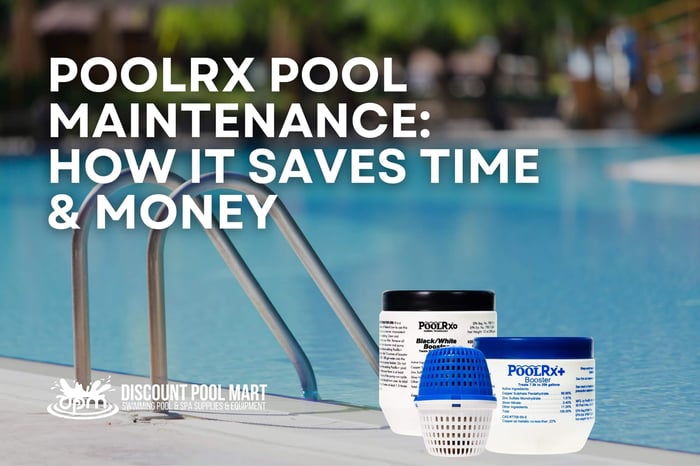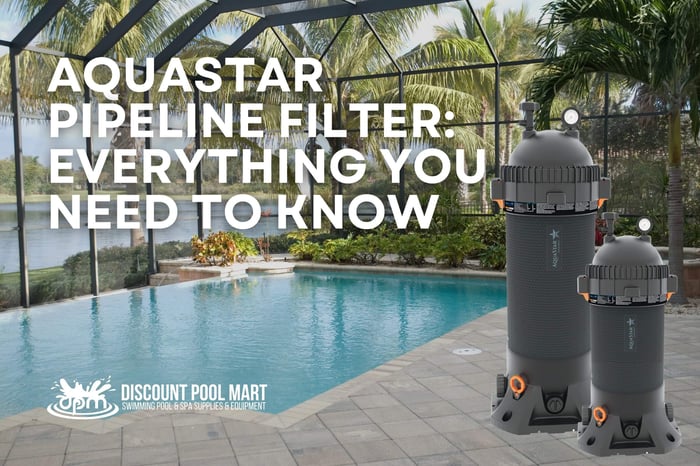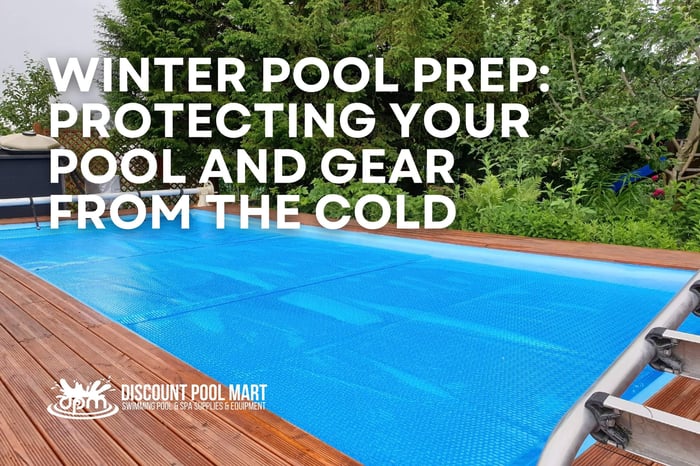How Long Should You Run Your Pool Pump Each Day?
If you're wondering how many hours or how long to run your pool pump each day, you're not alone. Many pool owners either overrun their pumps—wasting energy and money—or underrun them, leading to poor water quality and cloudy conditions. Finding the right balance is key, and it depends on several factors including pump type, pool size, usage, and season.
In this guide, we’ll explain how long to run your pool pump, how to adjust runtimes for efficiency, and why it’s important to monitor performance throughout the year. We’ll also cover how different pump styles—like variable-speed and single-speed—affect runtime needs, and where to go if your pump isn’t working properly.
Why Pump Runtime Matters
Your pool pump is the heart of your water circulation system. It keeps water moving through the filter, removes debris, and distributes chemicals evenly. Without adequate circulation, water can quickly become stagnant, unbalanced, and unsanitary.
What happens when you under-run your pump:
Algae growth due to poor circulation
Uneven chemical distribution
Dirty or cloudy water
Poor filtration and debris buildup
What happens when you over-run your pump:
Increased electricity bills
Unnecessary wear on pump parts
More frequent maintenance or repairs
That’s why it’s important to strike the right balance based on your pool’s specific needs.
General Rule: 8 Hours Per Day (But It Varies)
As a general guideline, most residential pool owners should run their pump for 8 hours per day during peak season. This is enough time to circulate and filter the water at least once fully, which is referred to as a “turnover.”
However, your ideal runtime may vary depending on:
Pool size and volume
Pump horsepower and flow rate
Water temperature
Bather load
Season and weather conditions
Pump speed and model
Single-Speed vs. Variable-Speed Pumps
Not all pumps are created equal—and runtime recommendations vary based on the type of pump you have. How long to run your pool pump?
Single-Speed Pumps
These run at one fixed speed (usually full power) and consume more energy. They typically require 6 to 10 hours of runtime per day depending on conditions.
Dual-Speed Pumps
These have both a high and low setting. Low speed is used for regular circulation, while high speed is used for tasks like vacuuming. 10–12 hours on low may be needed to match turnover efficiency.
Variable-Speed Pumps (VSPs)
These energy-efficient models can be programmed to run at various speeds throughout the day. When optimized correctly, you can run a VSP for 12–16 hours at lower speeds to achieve the same (or better) turnover with less power.
Seasonal Considerations
Pump runtime isn't one-size-fits-all year-round. Here's how to adjust based on the season:
Summer: Run longer (8–12 hours) to handle increased debris, heat, and swimmers.
Spring/Fall: Moderate use (6–8 hours) depending on debris and sunlight.
Winter: In milder climates, you may only need 4–6 hours, especially with a pool cover.
If you notice algae forming or your water becoming cloudy, that’s a sign you may need to increase runtime temporarily or inspect your filtration setup.
How to Calculate Your Pool’s Turnover Rate
To fine-tune your pump schedule, start with this simple formula:
Pool Volume ÷ Pump Flow Rate = Turnover Time
For example:
20,000-gallon pool ÷ 40 GPM (gallons per minute) = 500 minutes, or about 8.3 hours
This gives you a more accurate idea of how long your specific system needs to run each day to fully circulate the water.
What If Your Pump Isn’t Running Like It Should?
If your pump is noisy, losing prime, leaking, or not moving water effectively, it may be time for a part replacement—not just a schedule change.
We carry a wide range of replacement components—like impellers, O-rings, strainer covers, seals, and more—to get your system running properly again. Browse our full Pump Parts Collection to find exactly what you need.
Not sure which part fits your system? Head to our homepage and use the Replacement Parts Search Tool. Just enter your pump’s brand and model to view a clickable diagram with labeled components.
Final Thoughts
Knowing how long to run your pool pump each day is one of the most important parts of water care. While the average is around 8 hours, your needs may vary depending on your pump type, pool size, and the season. By understanding turnover rate and optimizing for energy efficiency, you can keep your water clean without overspending on electricity.
If you’re having trouble with circulation or suspect your pump needs a tune-up, explore our Pump Parts Collection or use our Replacement Parts Search Tool to find the exact part for your system. A properly functioning pump keeps your water healthy—and your maintenance stress-free.




